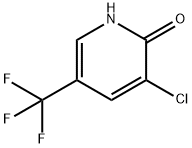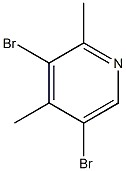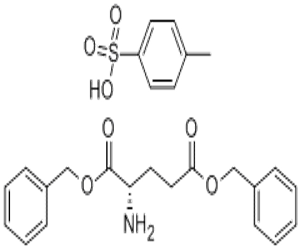3-CHLORO-2-HYDROXY-5-(TRIFLUOROMETHYL)PYRIDINE (CAS# 76041-71-9)
| Risk Codes | R25 – Toxic if swallowed R36/37/38 – Irritating to eyes, respiratory system and skin. |
| Safety Description | S26 – In case of contact with eyes, rinse immediately with plenty of water and seek medical advice. S36/37 – Wear suitable protective clothing and gloves. S45 – In case of accident or if you feel unwell, seek medical advice immediately (show the label whenever possible.) |
| WGK Germany | 3 |
| HS Code | 29333990 |
| Hazard Class | IRRITANT |
Introduction
3-Chloro-2-hydroxy-5-(trifluoromethyl)pyridine is an organic compound. The following is an introduction to its nature, use, manufacturing methods and safety information:
1. Nature:
- Appearance: 3-Chloro-2-hydroxy-5-(trifluoromethyl)pyridine is a colorless to pale yellow solid.
- Solubility: It is almost insoluble in water, but soluble in organic solvents such as ether, methanol and methylene chloride.
- Chemical properties: It is an alkaline compound that performs a neutralizing reaction against acids. It can also be used as a fluorinating reagent to introduce trifluoromethyl groups into other organic compounds.
2. Usage:
- 3-Chloro-2-hydroxy-5-(trifluoromethyl)pyridine is commonly used in organic synthesis reactions as a catalyst or reagent. For example, it can be used to construct carbon-fluorine bonds and amination reactions.
- It can also be used as a starting material or intermediate in pesticide synthesis.
3. Method:
- A commonly used preparation method is to react pyridine with trifluoroformic acid and sulfuric acid to produce 3-chloro-2-hydroxy-5-(trifluoromethyl)pyridine.
4. Safety Information:
- 3-Chloro-2-hydroxy-5-(trifluoromethyl)pyridine should be avoided during storage and use in contact with strong oxidants and combustibles to avoid fire or explosion.
- It may have an irritating effect on the skin, eyes, and respiratory tract, and appropriate protective equipment such as gloves, goggles, and respiratory protective equipment should be worn when operating.
- When using or handling the compound, it should be done in a well-ventilated area and avoid inhalation or accidental ingestion. After treatment, the contaminated area should be thoroughly cleaned.








